The North Carolina Department of Transportation (NCDOT) held the first of three discussions on the Pinehurst traffic circle on July 16 at Pinehurst Elementary School with over 300 participants.
NCDOT discussed changes to the Pinehurst traffic circle from south of Pinehurst Manor Drive to Page Road by replacing the circle with a continuous flow intersection (CFI). Construction is estimated to begin in Aug. 2030 and last up to three years.
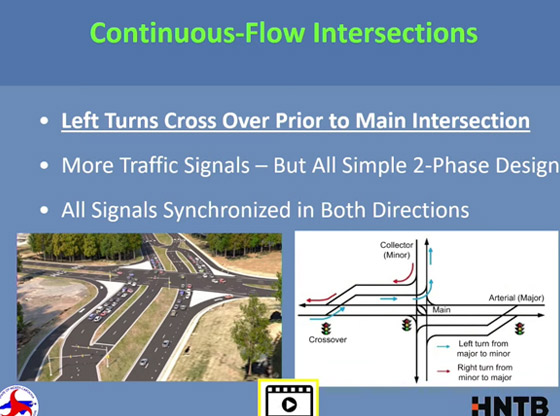
After an invitation to submit questions, Sandhills Sentinel collected concerns from participants and emailed their questions to NCDOT for responses on July 17.
“The only one we weren’t able to answer at this time was #19. Thank you again for your patience as with the volume of questions and our public meeting schedules etc, it took some time to gather appropriate information and responses,” Public Information Officer Jonathan Rand emailed Sandhills Sentinel on July 23.
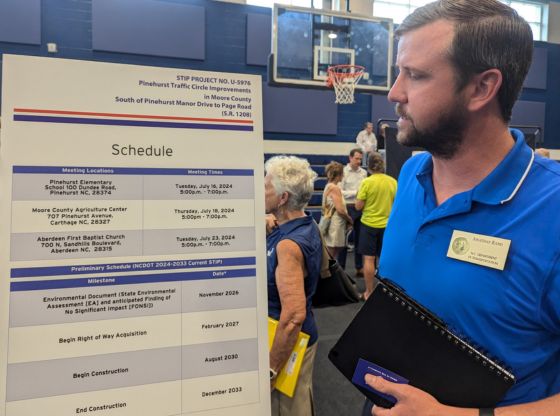
NCDOT Pinehurst Traffic Circle Q & A
Answers provided by NCDOT appear exactly how they submitted them. They have not been edited or altered.
1. Considering current complaints on U-turns on North Carolina Highway 5 and Page Road, what type of studies were conducted on human behavior and the proposed CFI installation? How do drivers’ projected behavior on a CFI differ from the circle?
Answer: Normal driver and vehicle behavior assumptions were applied to traffic models developed to evaluate the CFI concept. The CFI concept does not require unconventional behavior for vehicle movements through the CFI, with the only difference being a driver desiring to make a left-turn will get in the left lane upstream of the CFI and start that maneuver at an upstream cross-over intersection that has a traffic signal to safely allow this to occur. After the cross-over, the left-turning vehicle approaches the main CFI intersection where they complete their left-turn and will have a green traffic signal indication to do this.
All through traffic movements proceed through the intersection as a normal intersection. All right-turns would enter right-turn lanes, have a free flowing right-turn movement unimpeded by a signalized condition and then proceed to a downstream cross-over location that has a signal to safely allow them to complete that maneuver. The CFI design will have overhead and ground-level signage, pavement markings and channelized concrete medians to help properly direct and position vehicles through the CFI vicinity.
2. Please share a link to a rendering of the CFI proposed routes here.
Answer: We are not sure what is being asked but we could create some simple arrow drawings on top of the design file to show how to get from all origins to destinations.
3. Has NCDOT considered private citizens’ proposals? Share comments on the two examples below.
Answer: NCDOT does take private citizens’ proposals, suggestions, and comments into account. The three public meetings and more than a month’s long comment period gives the public an opportunity to share their thoughts and concerns.
A. Bill Bankovich, a retiree living in Pinehurst for six years, conducted a survey from his truck, driving the traffic circle at 20 mph, and the slower rate of speed allowed seven vehicles to enter the circle, showing that reduced speeds at each egress help prevent traffic congestion.
Answer: The slower speeds were tested in our traffic models and no real benefit in terms of getting more vehicles through the circle or reduction in delays and queues was noted.
B. Joe Jefferis, nicknamed MacGyver, and living in Pinehurst, used case studies on successful AI-based traffic management. He researched artificial intelligence with variable speed limit signs, sensors for real-time data collection, AI algorithms for traffic flow optimization, entry lights for controlled vehicle entry, and a centralized AI system managing all components at $6 to $13 million, instead of the estimated $54 million for the proposed CFI.
Answer: At the conclusion of the public comment period, August 23, NCDOT will take 30-60 days to review all of the comments and suggestions given. MacGyver should submit his information and we can review and try to understand what it entails and then provide a more comprehensive response.
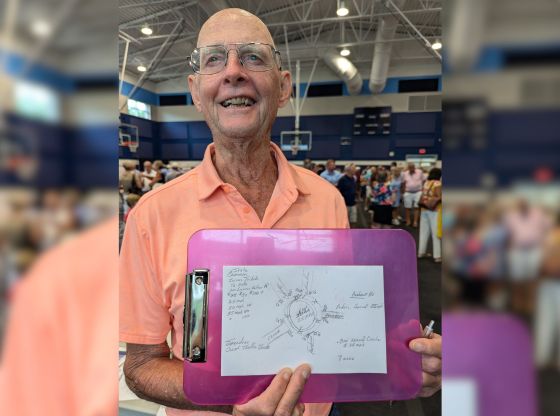
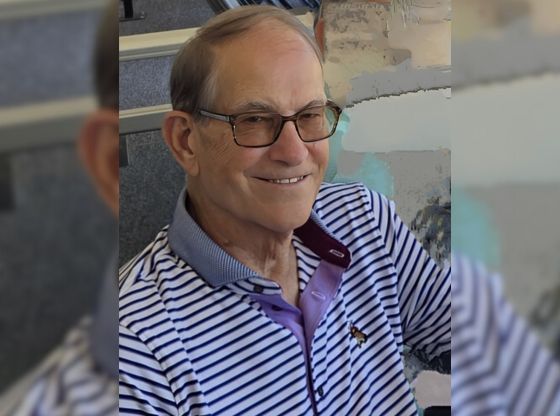
Joe Jefferis, the Pinehurst resident who used case studies on successful AI-based traffic management.
4. Has NCDOT conferred with Moore Regional Hospital to vary employee schedules to reduce peak morning and evening congestion? If not, will it have this discussion?
Answer: NCDOT has not conferred with Moore Regional Hospital on their employee schedules. It would be up to the Hospitals to adjust or change employees’ schedules.
5. Did the Pinehurst traffic circle studies count individual vehicles or how many cell phones were in a vehicle? Share a link to that study here.
Answer: This information is in the latest traffic analysis report submitted this year. Individual vehicles were counted at all intersections upstream/downstream of the circle. Because it is very important to count vehicle origins and destinations for each of the circle’s 5 legs, a specialized study using remotely sensed data (which includes cell phone locations) was employed for this particular aspect of the traffic counts.
The actual “volume” of traffic from this data source was not directly used, only the general proportions (percentages) of traffic from each approach (origin) to the circle to each destination. The actual volumes were derived from these proportions – as they had to match the actual field counted data upstream/downstream from the circle (all traffic entering the circle has to leave the circle).
6. Exactly what area did NCDOT study for population growth, the state, county, the area of Pinehurst and Southern Pines, or what?
Answer: As part of the traffic forecasting process, the Moore County Regional Travel Demand Model was used to project future traffic growth in the PTC study area. This model encompasses major roadways through Moore County and estimates traffic volumes on these roadways based on population, households and employment projections that are provided by local planning officials in the model development process.
These projections are applied to smaller areas of the county, called traffic analysis zones (TAZs) to refine and focus on potential growth in specific rural, suburban and urban areas of the county. The model also accounts for growth in trips that are regional beyond the borders of Moore County as well.
7. Please share a link to the video of the proposed CFI installation with the suggested 2050 population here.
Answer: We can provide the latest video.
[Note: NCDOT did not provide the latest video. However, please click here to see a video on what a CFI is.]
8. Traffic circles reduced injury crashes by 75% at intersections where stop signs or signals were previously used for traffic control, according to a study by the Insurance Institute for Highway Safety. So, why change to a more dangerous traffic control method?
Answer: The Pinehurst Traffic Circle is not a roundabout, which is the correct term and design that is being applied to crash reduction information for a “traffic circle”. Typically, roundabouts are much smaller in size than the traffic circle and do not experience nearly the amount of daily traffic that the PTC does.
9. According to The Village of Pinehurst’s Mayor Patrick Pizzella, the proposed CFI requires seizing individual property, removing six acres of Longleaf pine trees and cuts off Midland Road from direct access to the circle, and permanently destroys the Village ambiance for tens of thousands of tourists arriving to Pinehurst each year. What is the responsibility and liability of the NCDOT regarding its actions, should it install the CFI? Will the NCDOT replace lost tourist funds? Will the NCDOT create a park to honor the 65-year-old historic Pinehurst traffic circle?
Answer: The areas where the circle is that are on the outside of the CFI can be returned to a “natural” state. The current CFI design allows areas of grassed median and potential for aesthetic treatments and plantings to beautify the corridors and keep the general “feel” of the corridors upstream of the PTC in all directions. Moore County and the Village of Pinehurst can contribute to the design/installation and maintenance for this sort of street scape.
10. There are 25 CFI installations in America, with one being in Charlotte, North Carolina. How does the Charlotte population and its dependence on the tourist industry compare to Pinehurst’s?
Answer: CFI’s have been installed in various locations throughout the United States and have been proven to help improve safety, reduce congestion, and improve operations of congested intersections. We can’t speak on Charlotte’s dependence on the tourism industry. The context of the CFI on the outer suburban extent of Charlotte is different from the proposed CFI at the PTC, it is only a two-legged CFI at a busy intersection near a high traffic interchange for I-485. All transportation projects exist in a unique context of their physical location, environmental characteristics, existing development and right-of-way constraints and transportation issues that are occurring.
11. Exactly what were NCDOT’s previous solutions to the traffic circle congestion in 2010?
Answer: Study Alternative Concepts developed around the 2013 timeframe. Those concepts are on display boards and can be viewed at one of the informal open-house public meetings.
12. Who conducted the traffic studies?
Answer: HNTB North Carolina, PC, working as a consultant under contract with NCDOT Division 8.
13. What studies will be conducted between now and the proposed construction?
Answer: Completion and approval of any additional traffic studies resulting from any refinements/changes to the current CFI design based on public input.
Completion and approval of all culture and natural resource studies.
Completion and approval of the project environmental document.
14. During the two-to-three-year proposed construction, where will traffic be routed?
Answer: A detailed maintenance of traffic (MOT) plans will be developed to help stage the construction later in the process. The goal would be to construct as much of the proposed project as possible away from traffic while traffic remains in the existing pattern. The possibility of short-term detours may occur.
15. While a CFI installation guarantees traffic stops at stoplights, it also guarantees more congested traffic. Currently, there are two congested traffic times, morning and evening. What studies have been conducted on the existing CFI installations? Do they show significant improvement, little improvement, or no improvement in traffic congestion?
Answer: The CFI design works to reduce the frequency and durations of stops – even though the design has more traffic signals. The traffic signals in the CFI design are simpler and more efficient than conventional intersections and would be synchronized with existing signals at NC 211/Page Road and US 15-501/Memorial Drive to improve overall traffic flow along both corridors. The biggest benefit of the CFI is the ability to move left-turn and through traffic in opposite directions at the same time and signal phase.
Traffic modeling results for the PTC in the 2050 future year show a 400 percent reduction in combined morning/afternoon peak hour delay times compared to the existing traffic circle. In comparison to other design concepts studied, the CFI shows the most improvement in reduction of traffic congestion while considering cost, safety and right-of-way impacts, as well.
16. Concerning financing the proposed CFI financing and the recent warning from the North Carolina State Treasurer’s office that the NCDOT budget was unbalanced, what is the plan?
Answer: This project is programmed in the 2024-2033 State Transportation Improvement Program (STIP) as Project Number U-5976. Project U-5976 is currently funded to move forward.
17. Under FOIA, please provide a link to all studies on the CFI proposal to replace the Pinehurst traffic circle.
Answer: We can provide the latest Traffic Report.
[NCDOT did not share the latest traffic report. They wrote that they could.]
[The Village of Pinehurst shares this link on their website; Sandhills Metropolitan Transportation Plan. This link, NC Moves 2050 Study Overview, is available on the NCDOT website.]
18. Mary Pappas, a retired consultant, said, like other participants, that the “meeting” was a “Bait and switch to make the NCDOT happy.” The NCDOT press release reads that the meetings allowed participants to ask questions. The press release did not mention the private 3 p.m. meeting with local elected officials. Many participants expressed rage to be subjected to the “bazaar” atmosphere, “discombobulating” participants as defined by Juliet Blanks (34), who grew up in Pinehurst. Visuals with infrastructure consulting firm representatives from HNTB in Raleigh answered one-on-one questions at each display framing the gym. Does NCDOT plan a presentation after they have gathered public input?
Answer: In our notifications advertising the public meetings, the intention was to communicate that the meeting was an open house, allowing for informal, one-on-one interactions rather than a formal presentation.
Benefits of the Open-House Format:
Personalized Interaction: The open-house format is designed to foster personalized interactions between the public and our project team. This allows participants to ask specific questions and receive tailored answers directly from the experts involved in various aspects of the project.
Flexibility: This format provides flexibility for attendees to arrive at their convenience, review the information at their own pace, and spend as much time as needed discussing their concerns.
Comprehensive Understanding: By having subject matter experts available at different stations, attendees can gain a more comprehensive understanding of the project from multiple perspectives.
Inclusive Feedback: Regardless of the meeting format, all public comments are given equal consideration and weight in our decision-making process. We ensure that every voice is heard and documented.
Regarding the “private meeting” with local elected officials, this was a standard practice to ensure that our representatives are well-informed and prepared to address community concerns effectively. The meeting is called a Local Officials Informational Meeting because it is for information purposes only; they are not conducting business or making decisions at that meeting.
The public can attend these meetings if they wish. This meeting was not intended to exclude the public but to facilitate a more organized and thorough discussion during the open house. The onus is on the locals to advertise that meeting as it is their assembling, which depending on numbers, constitutes a quorum.
We understand that some participants may have found the open-house format less structured than a formal presentation. However, this approach was chosen to provide a more interactive and engaging environment.
We are committed to transparency and effective communication. As we gather public input from this meeting and other feedback channels, we will carefully review and incorporate your comments into our planning process.
19. What is the commission rate for NCDOT land acquisitions and consulting?
Answer: NCDOT did not provide an answer.
20. Most participants who spoke with Sandhills Sentinel expressed satisfaction over low traffic problems at the traffic circle during the U.S. Open when the speed limit lowered, and law enforcement supervised and wondered why that solution was not valued. What does NCDOT say about this solution?
Answer: The traffic volumes in and around the circle are significantly lower during the week of the Open than normal due to most locals avoiding this area. Traffic attending the US Open (even local residents) is diverted to parking lots outside of Pinehurst which contributes to the lower volumes having to travel the traffic circle. We have seen this pattern over the past few Opens.
Daily law enforcement supervision or physical presence is not a solution that would be sustainable….the manpower could not support it from the law enforcement side.
Should NCDOT provide video and links, this article will be updated.
Feature photo: Pinehurst residents, Raleigh infrastructure consulting firm HNTB representative Thorne King, and North Carolina Department of Transportation (NCDOT) employees Reuben Blakley and Jeffrey Teague discuss the proposed Pinehurst traffic circle changes July 16, 2024.
Article and photos by Sandhills Sentinel journalist Stephanie M. Sellers. Stephanie is also an English instructor at Central Carolina Community College. She is the author of young adult fiction, including When the Yellow Slugs Sing and Sky’s River Stone, and a suspense, GUTTERSNIPE: Shakespearean English Stage Play with Translation.


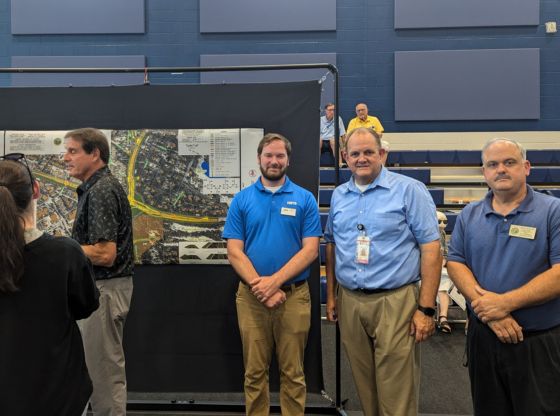



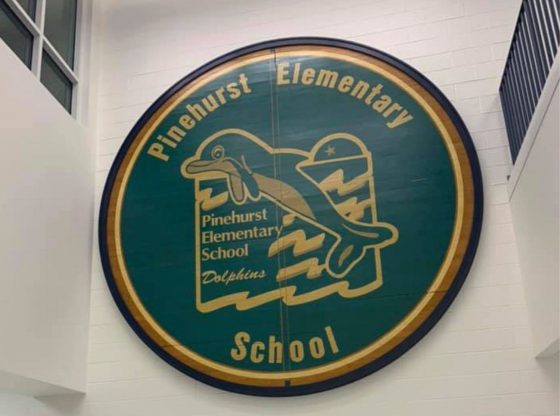
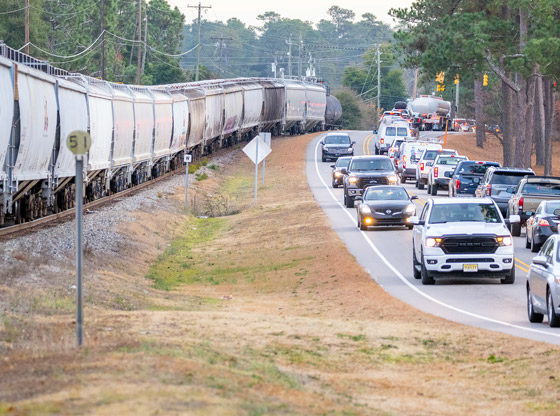



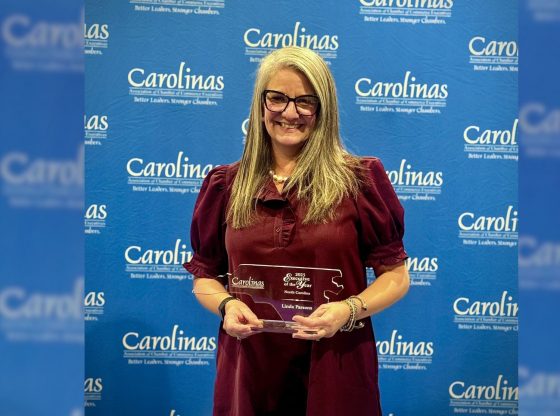

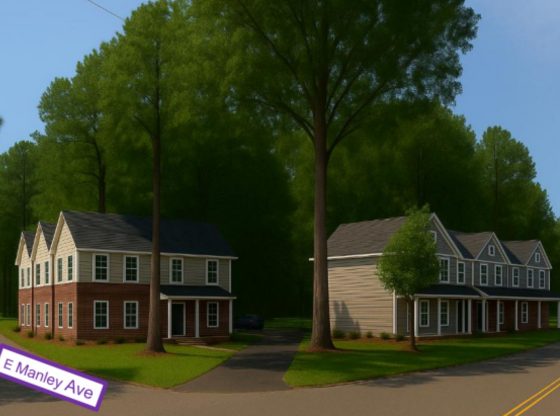
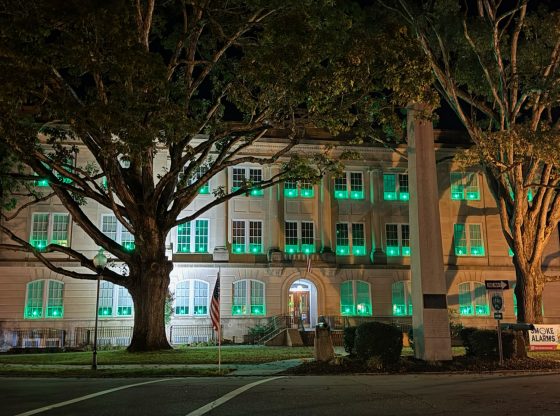

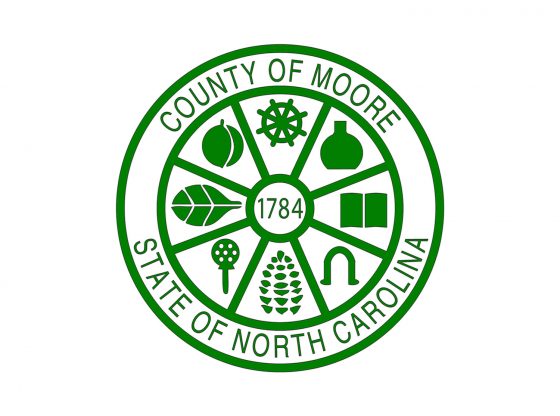
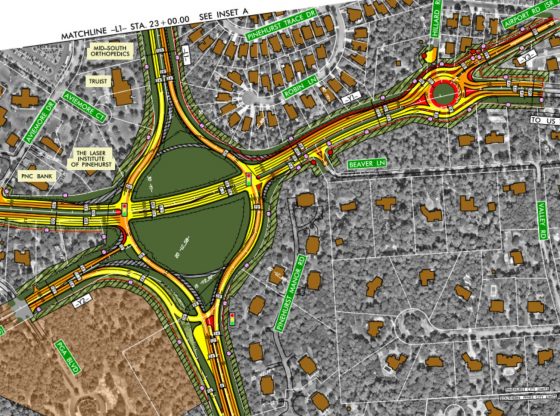
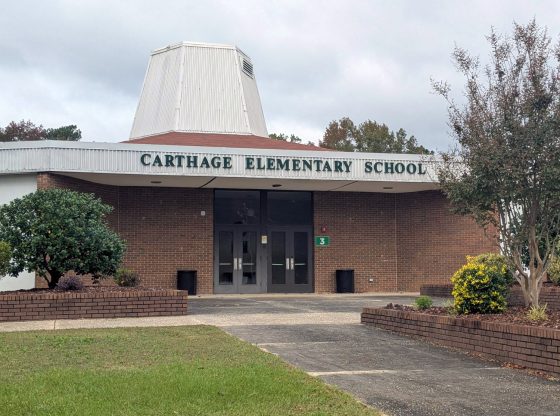
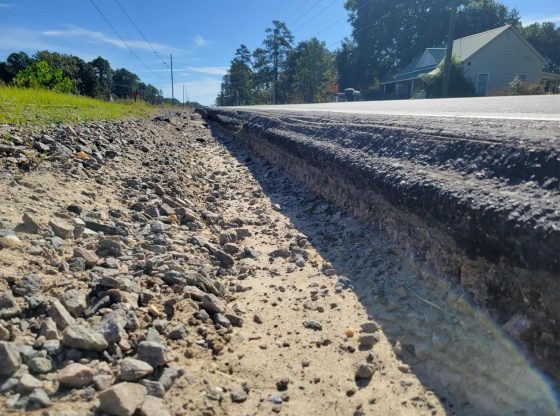
Comments
Comments are closed.